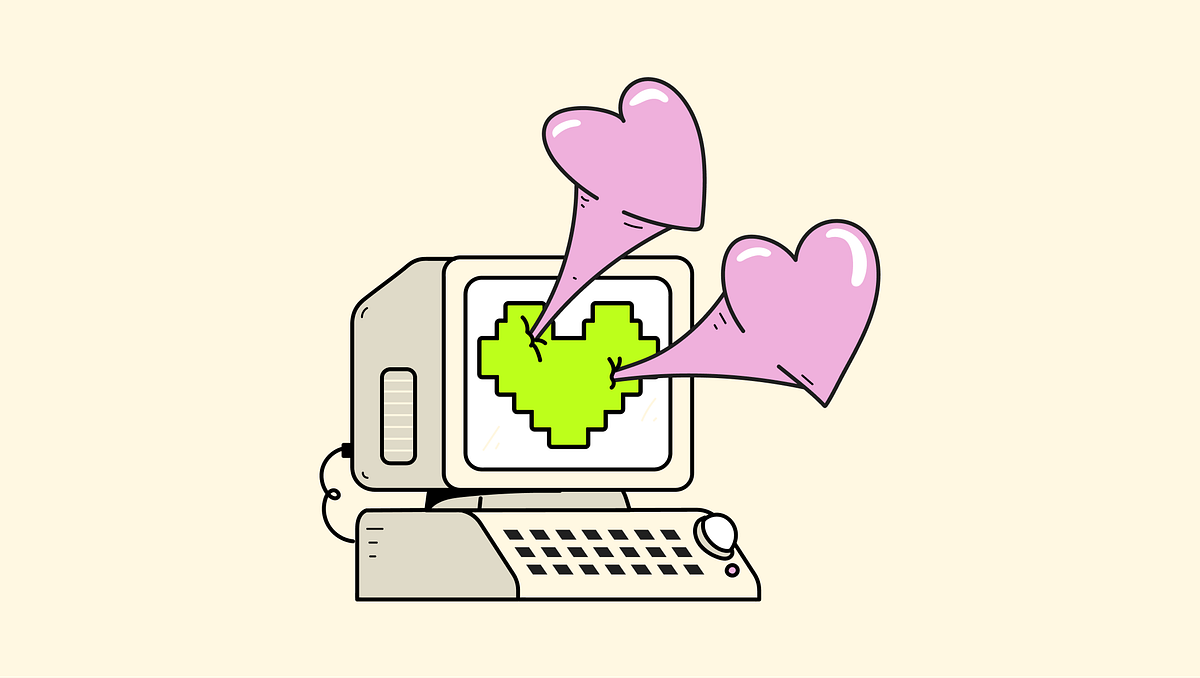
"If you haven't seen them yet, OpenAI's launched new ad campaign of short 30 seconds videos that embed AI into an idealised, warmly analog, version of the past. They're quite visually pleasing, to be honest, with a slight VHS grain and muted colours, and depict very relatable everyday scenarios like wanting to impress a girl or getting fitter. They lean hard on 80s soundtracks and cheesy movie vibes."
"As of a few days ago, Anthropic is holding a short residency at Air Mail, a brick-and-mortar, mid-century inspired newsstand in the West Village of New York where they are giving away copies of Dario Amodei's (Anthropic's CEO) book and "thinking" caps (I'm actually a sucker for a cheesy pun so they got me with that one, I'll admit) while sipping on coffee and allegedly chatting with employees."
"For two decades, tech companies have sold progress as inevitable, but a series of high-profile failures ( Theranos, Crypto/Web3 to name a few) have made people suspicious of "disruptive" and "revolutionary" products. And with that, comes also a design problem: the visual language of innovation - clean whites, minimalist, buzzwords like 'seamless' and 'frictionless'-is not so much a plus that can be leveraged anymore."
AI marketing increasingly adopts nostalgic, analog aesthetics to humanize AI and make it feel familiar. OpenAI's ads use VHS grain, muted colours, 80s soundtracks and everyday scenarios to position AI as intimate infrastructure. Anthropic staged a physical residency giving away books and playful "thinking" caps to create local, personable interactions. Emotional design is being used strategically to lower perceived risk and cultivate trust in novel technology. High-profile tech failures and skepticism toward 'disruption' have made minimalist futurism feel suspect, so retro cues now signal reliability and reduced novelty-based anxiety.
Read at Medium
Unable to calculate read time
Collection
[
|
...
]